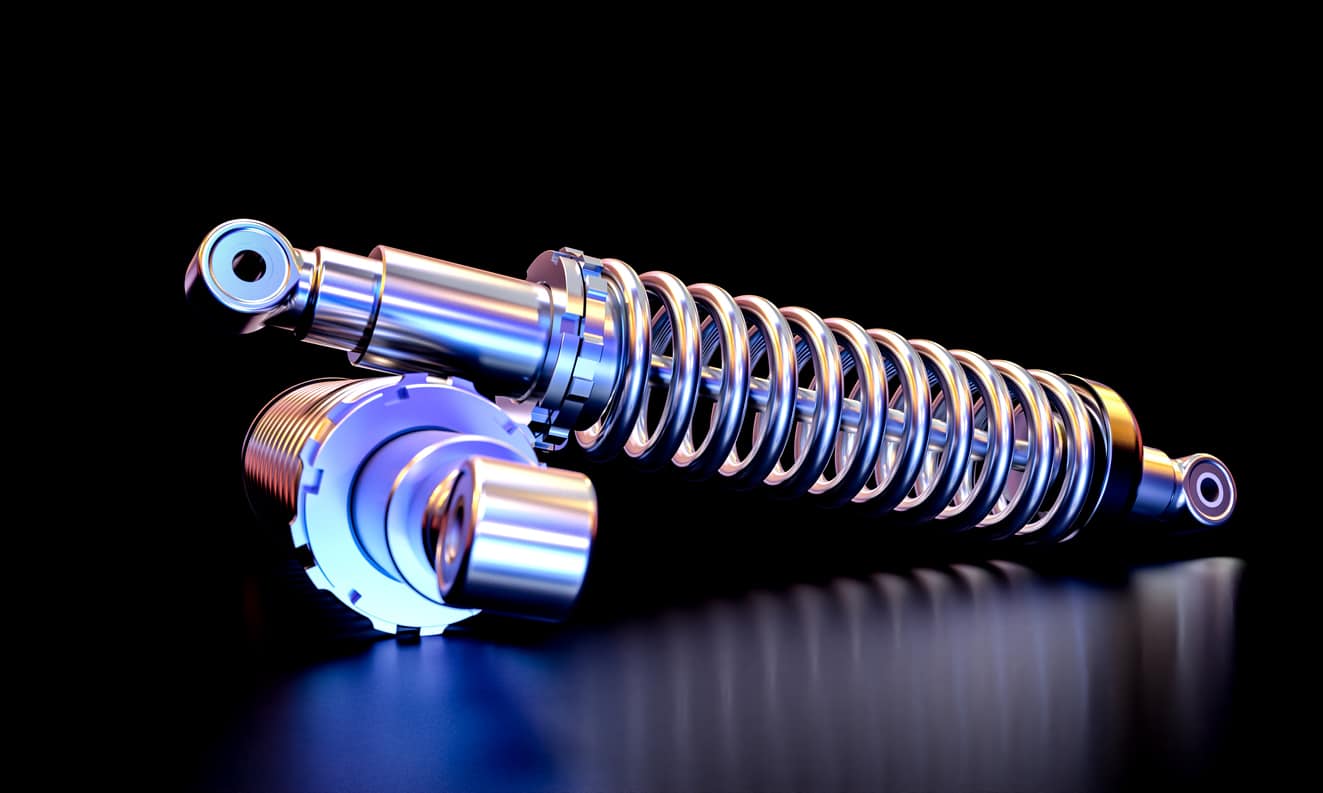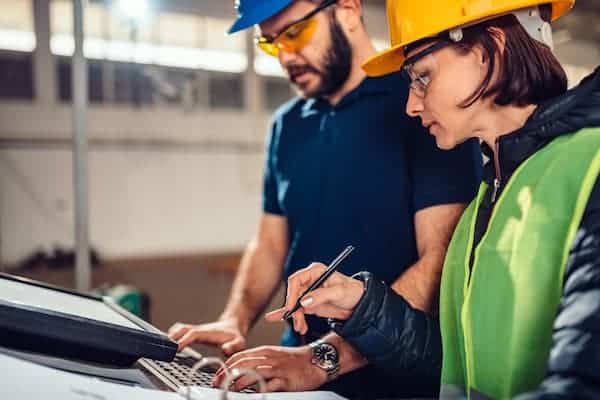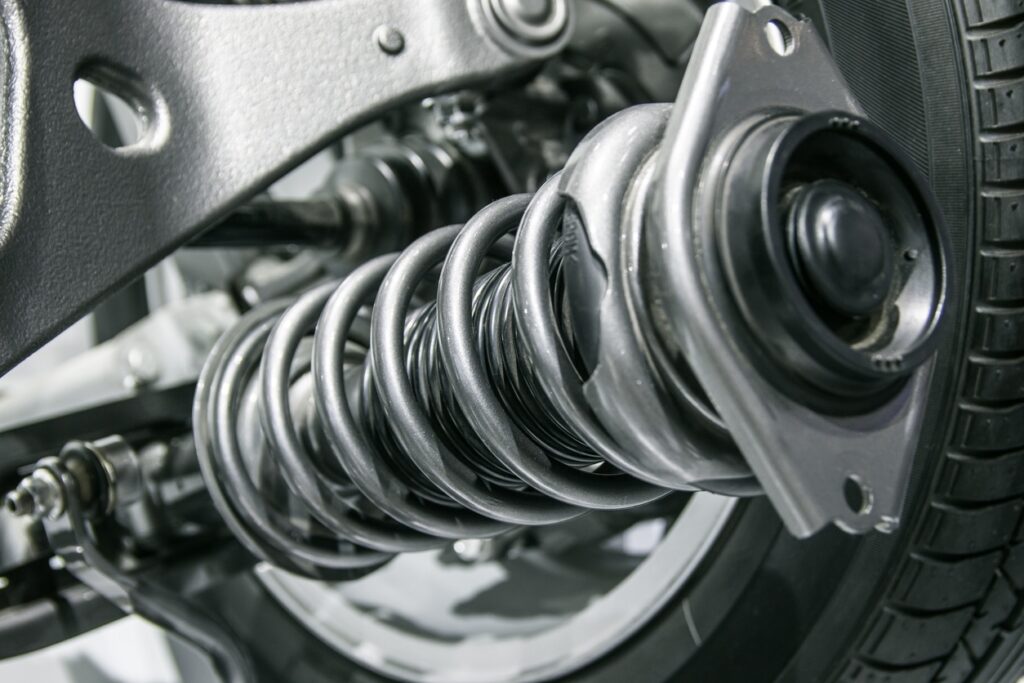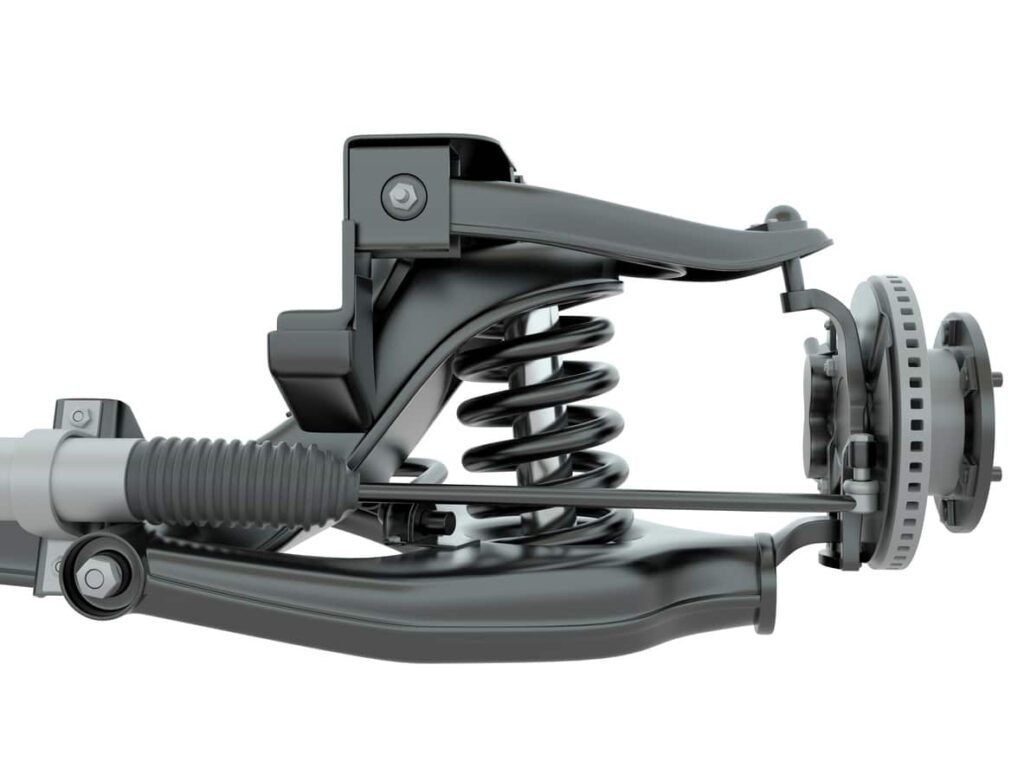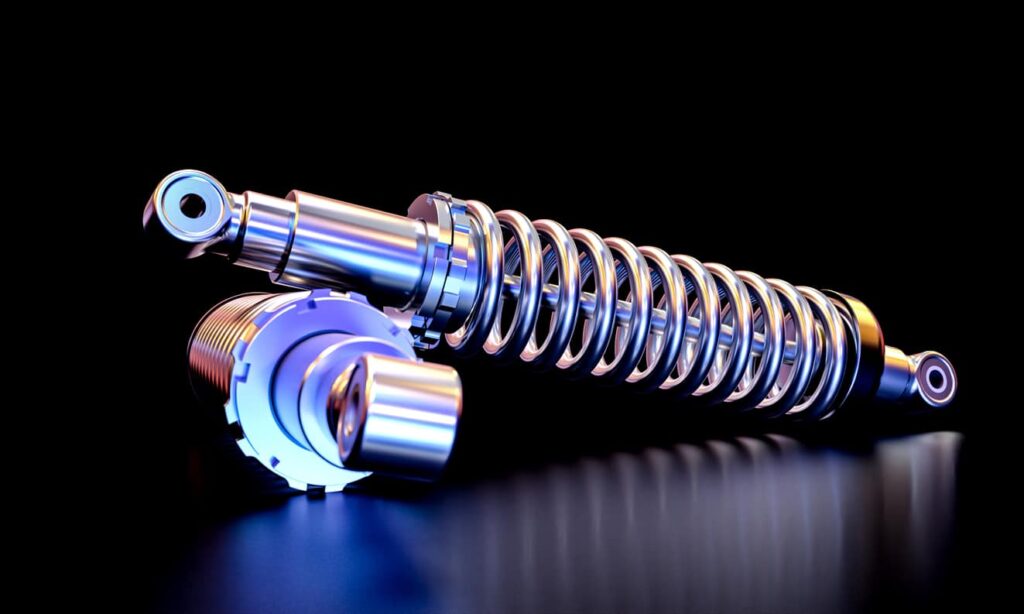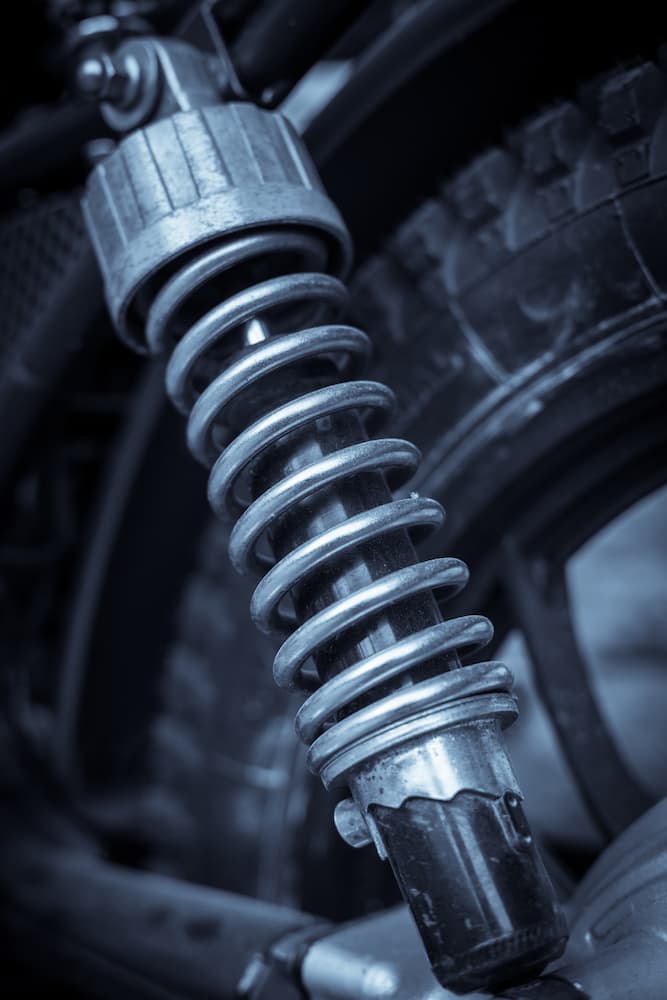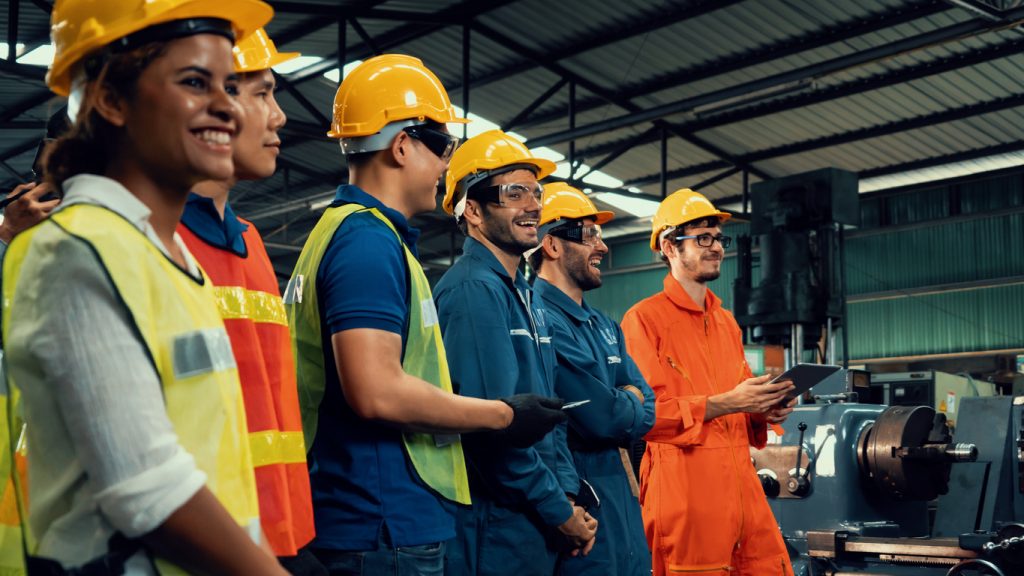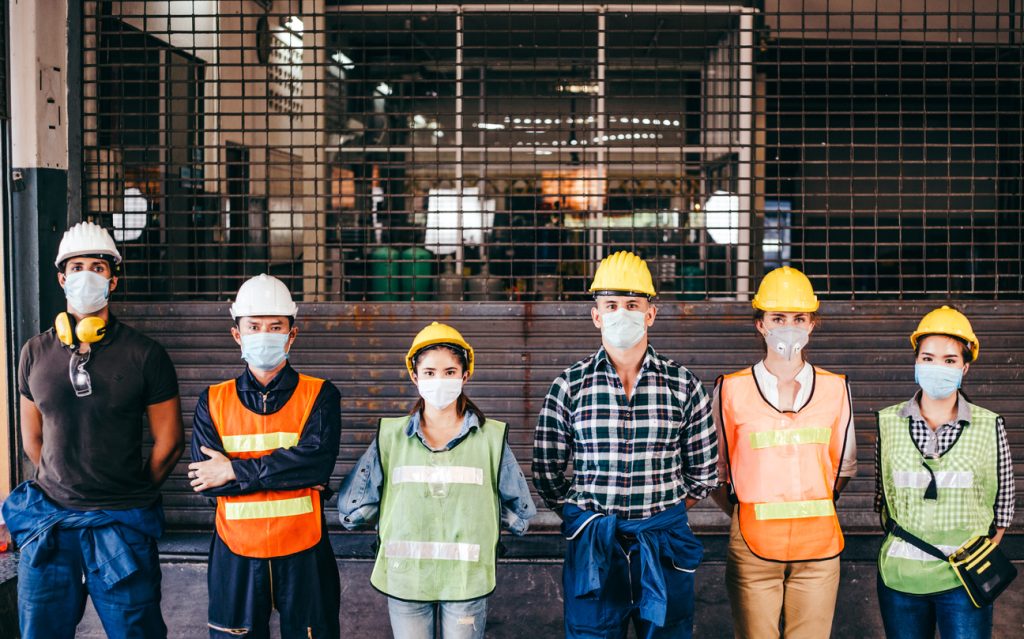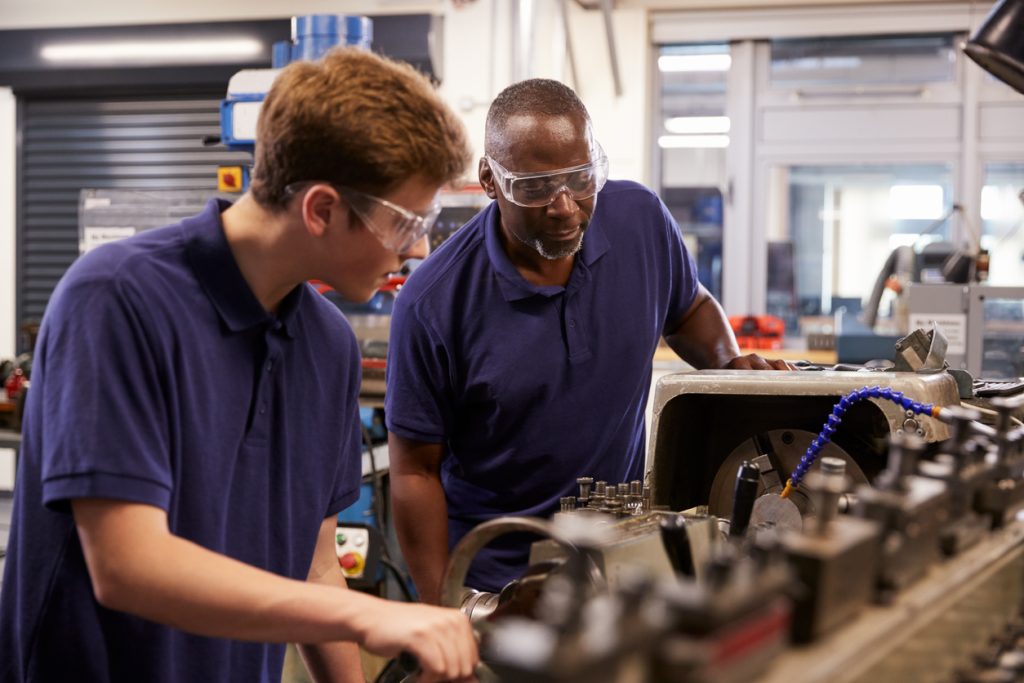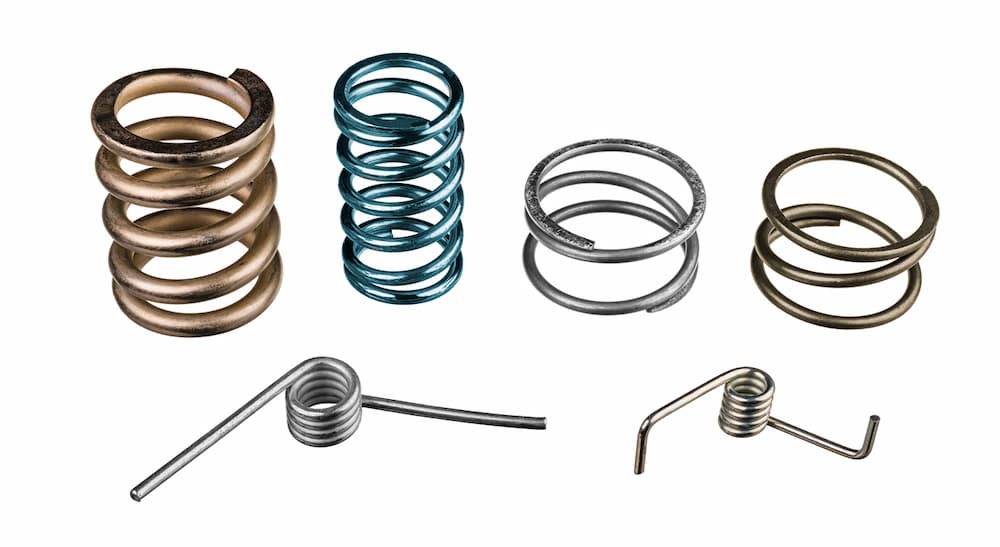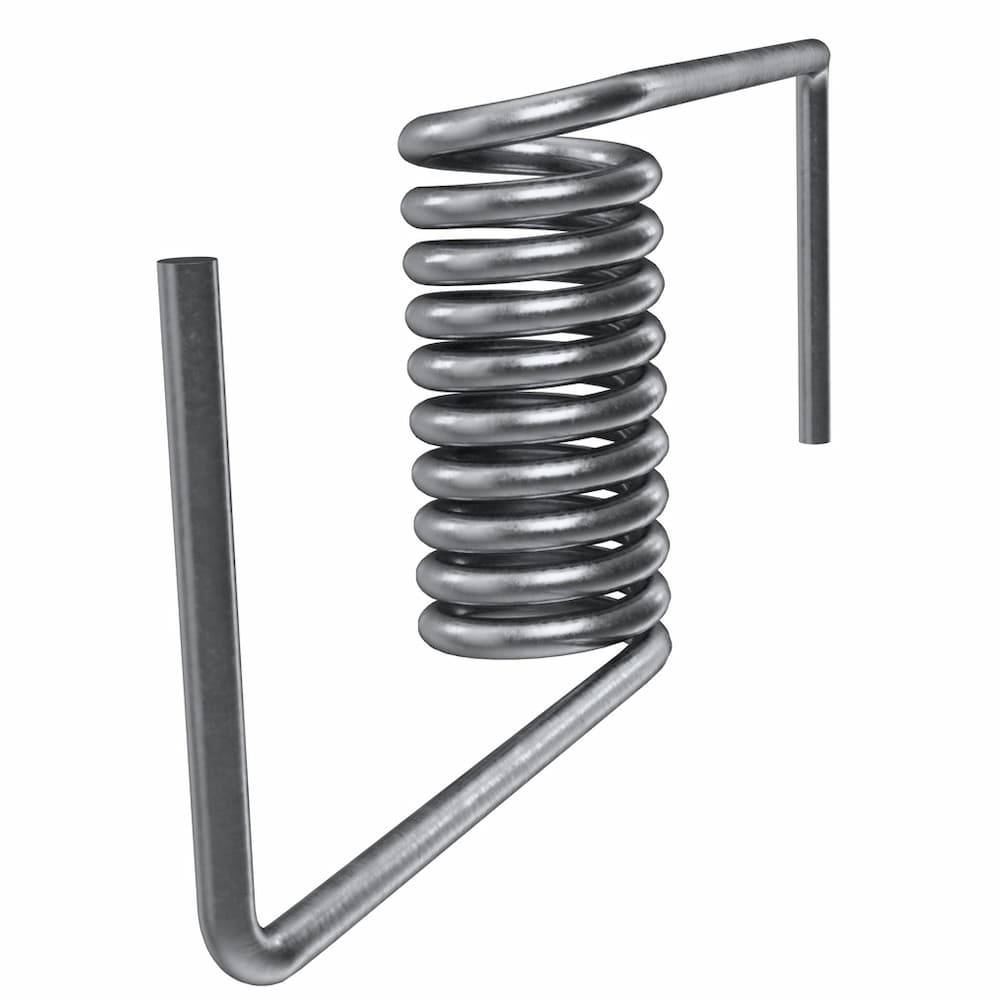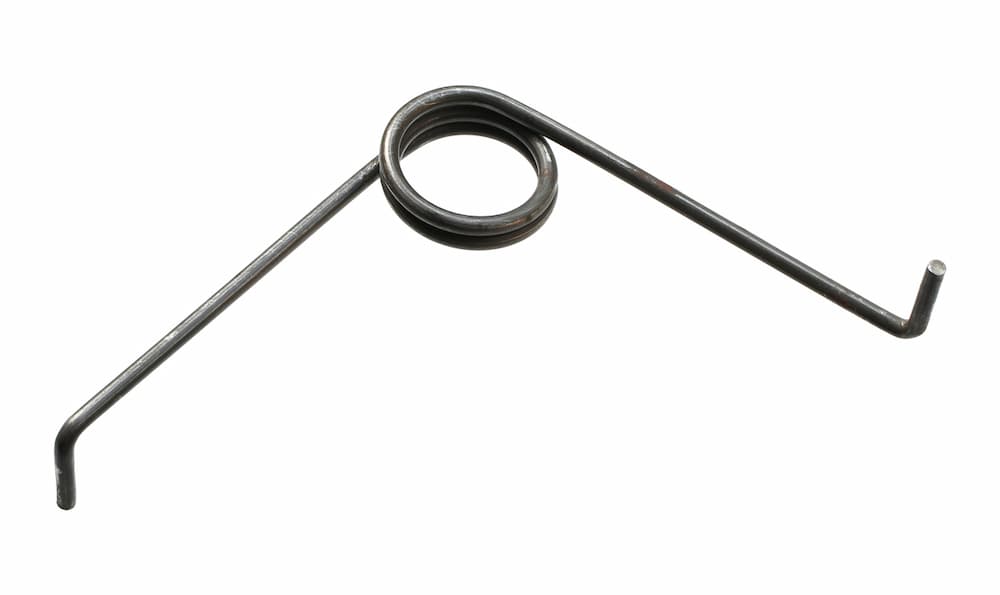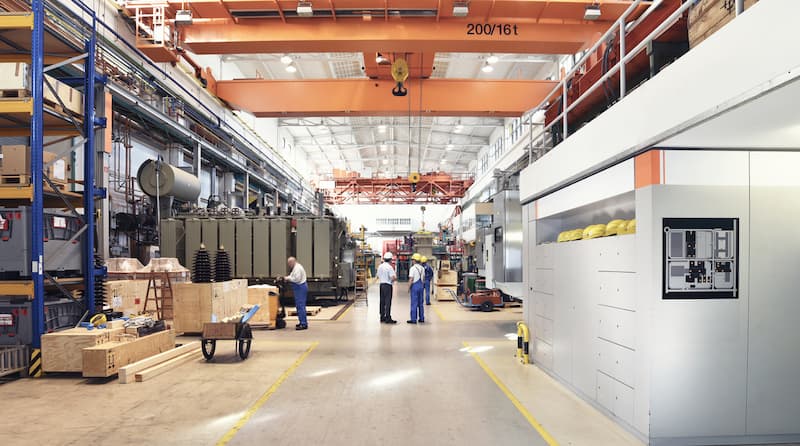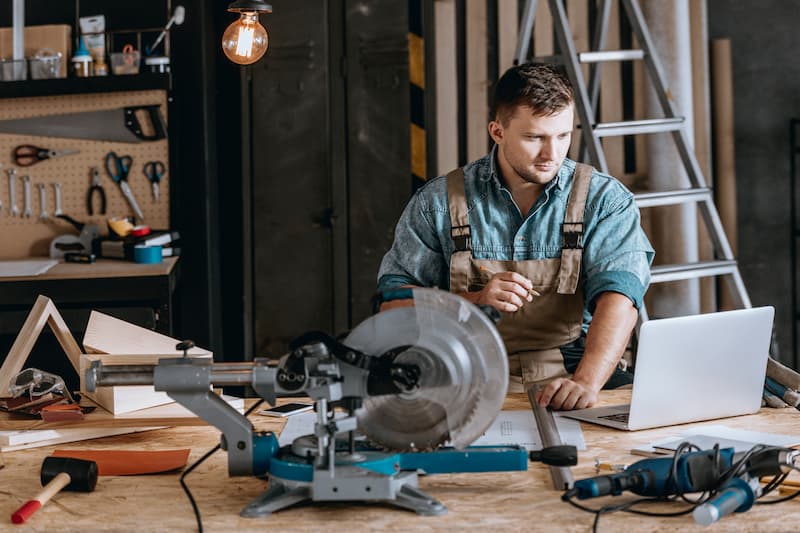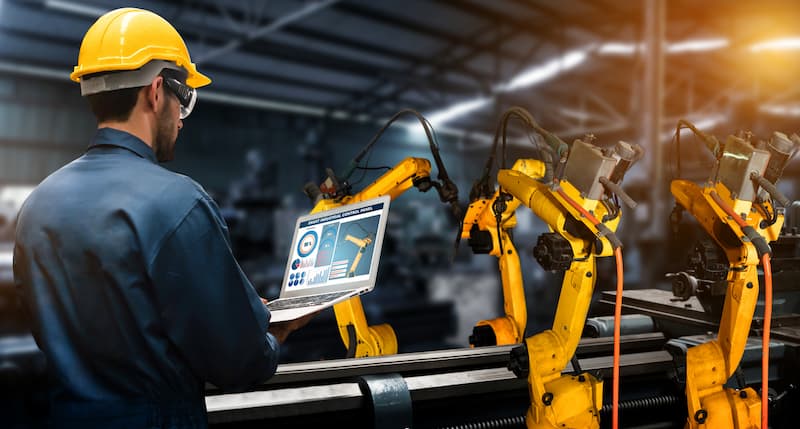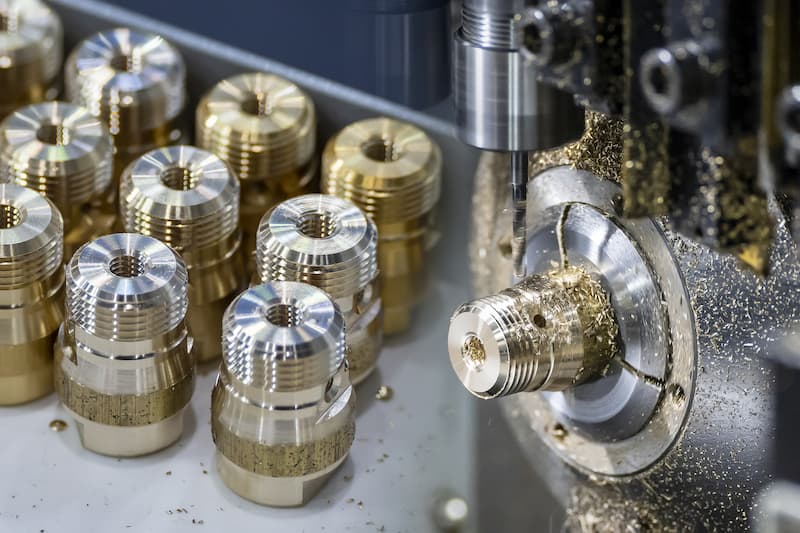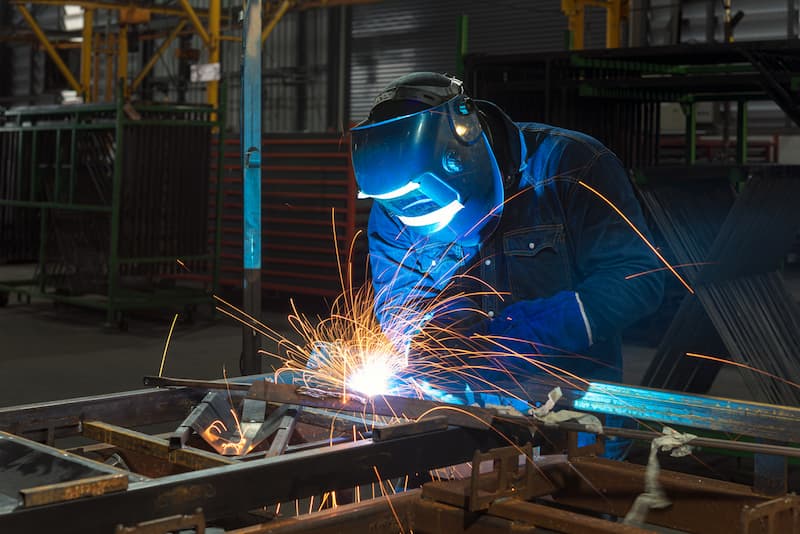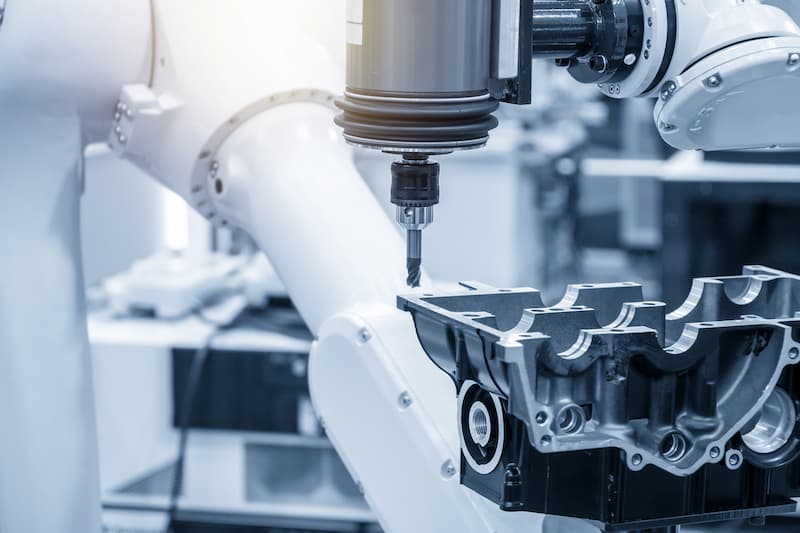At European Springs, we’re proud of our long-term commitment to support the manufacturing industry with our apprenticeship schemes. We firmly believe that these schemes are a way of investing both in people and in the industry, with each successful candidate having a positive effect on the sector as a whole.
The past few years have been a struggle for the manufacturing industry at large. Many companies found it difficult to cope with the supply chain issues, talent shortage and gender gap. Whilst it seems now that there is an end in sight to most of the problems caused by the pandemic, the gender gap remains.
In this blog, we’re discussing the need for more inclusivity in manufacturing and the career opportunities available for women.
Addressing the Gender Gap
As prominent spring manufacturers, we are aware of the unfortunate truth that, whilst 48% of women do actively participate in the labour market, they make up only 29% of the manufacturing workforce. Some have noted this as a consequence of occupational segregation limiting women’s career roles in manufacturing. 2021 Make UK’s reportstates that only 8% of women take up apprenticeships in manufacturing due to the impression that it’s not for them.
As disheartening as these numbers read, we at European Springs are one among many companies that are committed to changing this by creating a more inclusive community that welcomes both men and women to successful careers in manufacturing. Much like the bespoke pressings service we offer, we believe that, for this industry to survive, you can’t limit yourself to just one way of doing things; you need to be flexible and adaptable to thrive.
More employers have begun to search actively for new graduates to become apprentices. There is always a constant demand for highly skilled people in the manufacturing industry, so women interested in exploring this part of STEM are valued resources.
Advantages of Apprenticeships
Apprenticeships’ contributions to the economy have been growing over the last decade. The CEBR report on productivity correctly predicted that £3.4 billion of the UK economy was due to the increased productivity of 3.8 million people completing their apprenticeships.
Apprenticeship schemes are a great way to get a hands-on experience of a career and potentially learn things easy-to-miss in the classroom (or that are simply not taught there). In addition, the ability to shadow an experienced member of the team combined with the supervised work can help someone new gain confidence in what they are doing. Apprentices will take, on average, 1-4 years to become fully qualified, but you will also be paid for your work during this time.
There are advantages for the employer as well. For example, the UK government has recently implemented a new incentive payments scheme for hiring new apprentices. This limited-time initiative is available until May 2022 but substantially assists companies who help their industry by taking on new apprentices.
The apprenticeships we offer at European Springs follow a nationally recognised mechanical manufacturing apprenticeship framework that will award certification at BTEC level 3 in engineering operation and maintenance. An NVQ in mechanical manufacturing engineering accompanies this; for more information on our apprenticeship schemes, please contact us.
Other Opportunities for Women in Manufacturing
All across the UK, there has been an increase in scholarships and bursaries to assist women studying for manufacturing positions. Additionally, apprenticeships for all young people have increased, thereby making it easier than ever to start a profitable career in the industry.
Brunel University in London offers a prestigious program for its graduates and undergraduates called Women in Engineering and Computing (otherwise known as WiBEC). This mentoring program supports young women who wish to enter a STEM career in engineering and manufacturing. With over 600 female students benefiting from the impartial advice from their industry mentors since 2014, this is a prime example of how accessible manufacturing has become for women.
More improvements have been made in the manufacturing industry beyond study and apprenticeships. For example, it’s been reported that 67% of manufacturers currently have an EDI in place (which stands for equality, inclusion and diversity), with those EDI plans reviewed yearly. These improvements have led to women making up 29% of the manufacturing workforce in the UK and 18% of the company boards.
Engineering Apprenticeships for Women
As the most prominent compression spring manufacturer in the UK, European Springs wholeheartedly disagrees with the idea that manufacturing is a gender-limited occupation. We celebrate the 23rd of June every year as National Women in Engineering Day (NWED) because we believe that everyone should feel welcome when choosing to work in the manufacturing industry.
Hopefully, this blog will help inspire some of you to follow your passion and pursue the career in manufacturing you deserve. For more details on our apprenticeship programs, please don’t hesitate to contact us, and one of our experts can answer all your questions.


